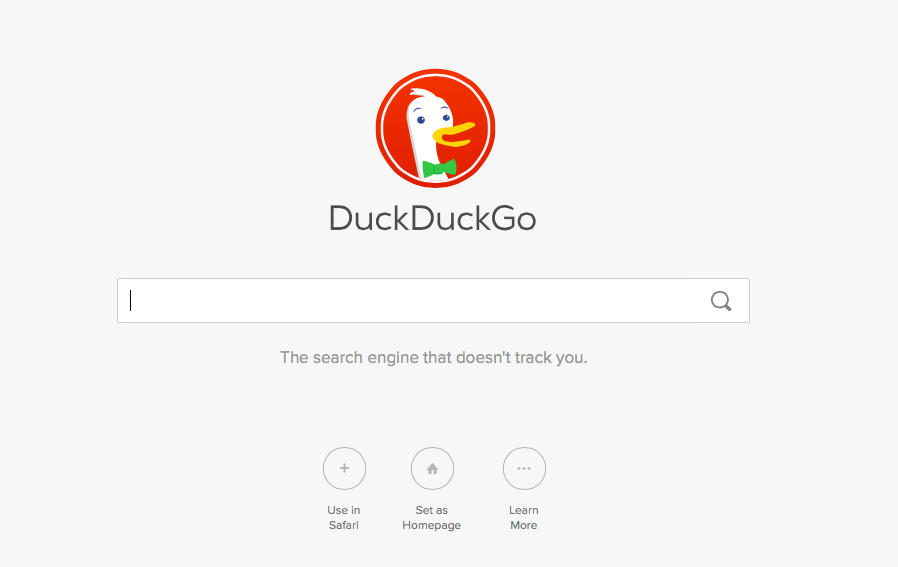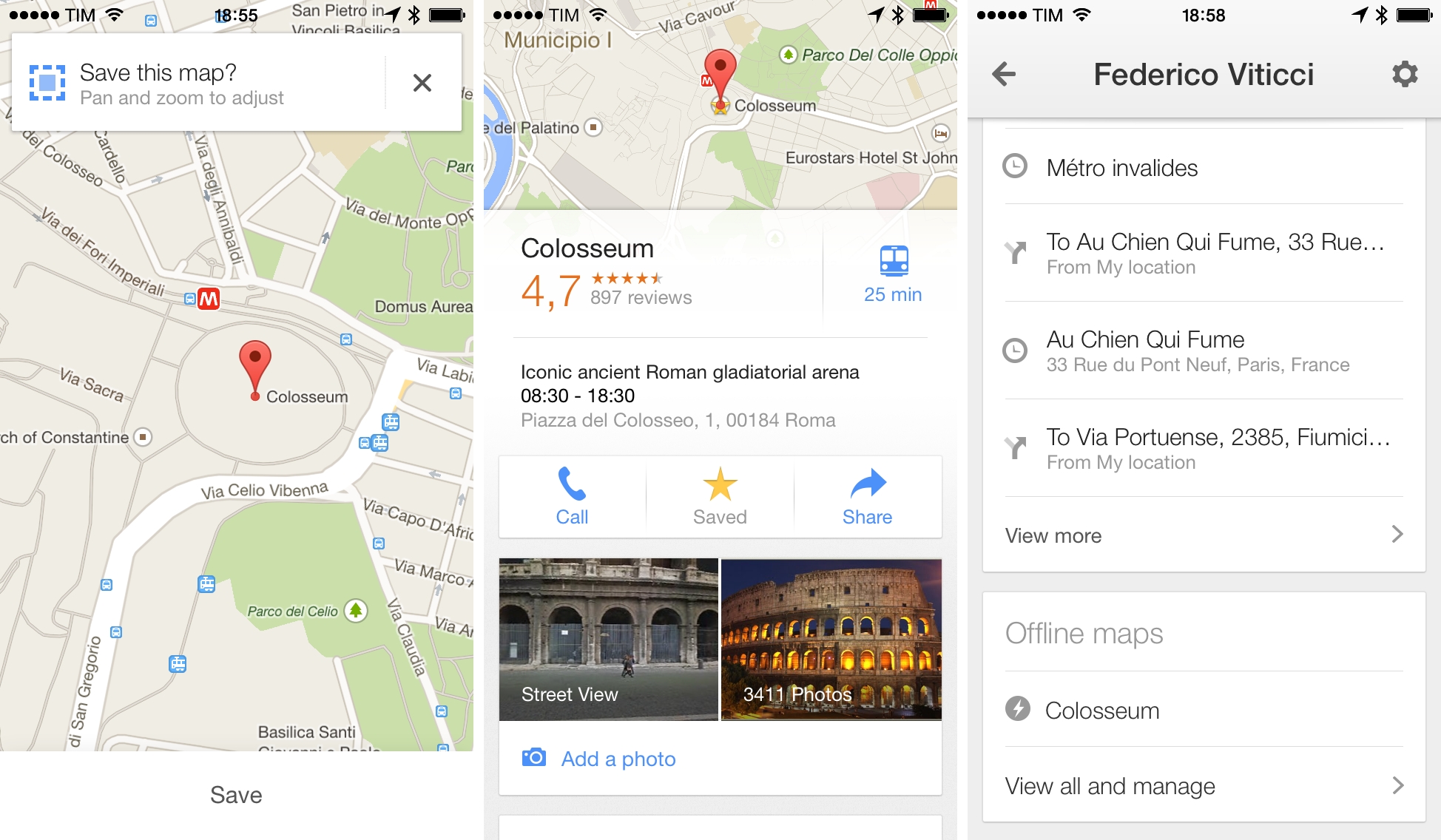Instapaper received a series of major updates today, including a new Highlights feature and a redesigned website based on feedback gathered by Betaworks in the past few months.
From the Instapaper blog:
In true Instapaper fashion, your highlights are seamlessly synced across all of your devices. We’ve also added the option for you to post automatically your highlights to your linked accounts. It’s disabled by default, but if you turn it on, you can do nifty things like automatically Tweet your highlights, or post them to a Tumblr blog, or drop them into Evernote.
And about the website:
Along with highlights, we’ve completely revamped the Instapaper website, incorporating the feedback you’ve provided us over the last few months. At long last, the Instapaper website is a fully-functional file system for managing, organizing, and acting on the articles and videos you see and save online.
I stopped using Instapaper shortly after their iOS 7 update when I switched to Safari and realized that Reading List could be enough for my needs. But with today’s update, I’m going to give Instapaper another try.
Reading List is a fine read-later solution that’s nicely integrated with Safari and iCloud. I enjoy the ability to save from anywhere on iOS and I like that I don’t have to think about sync problems because iCloud has been surprisingly reliable in Reading List. However, after a few months of daily reading in Safari, I can say that I often miss search, I miss a proper archive of items I’ve read, and I wish I could easily find articles I’ve liked. Safari’s Reading List is extremely convenient because it comes with no configuration or third-party limitations, but it’s not meant for permanent article archival or user interactions besides “Delete”.
Highlights is one of the features that I’ve always wanted from Instapaper, and the implementation looks good enough for what I need. Highlights are available to premium subscribers (free accounts get only 5), and they can be shared with one tap to connected services. Furthermore, you can activate automatic saving of Highlights to Evernote, which works well for me as I keep my research material for The Prompt and Directional in Evernote. Highlights remove a lot of friction – I used to rely on Drafts workflows to share quotes from articles – and, more importantly, they are differentiated visually in the article text (which I couldn’t get with the aforementioned quote sharing). Highlights are synced across devices and they get their own section in the Instapaper apps and website, which helps when I’m on my Mac.
I’m going to subscribe to Instapaper again and try out the Highlights feature for my daily reading and research. While I could simulate highlights with workflows before, they weren’t integrated with Instapaper in any way, and it seems like Betaworks really nailed the experience in the app.






